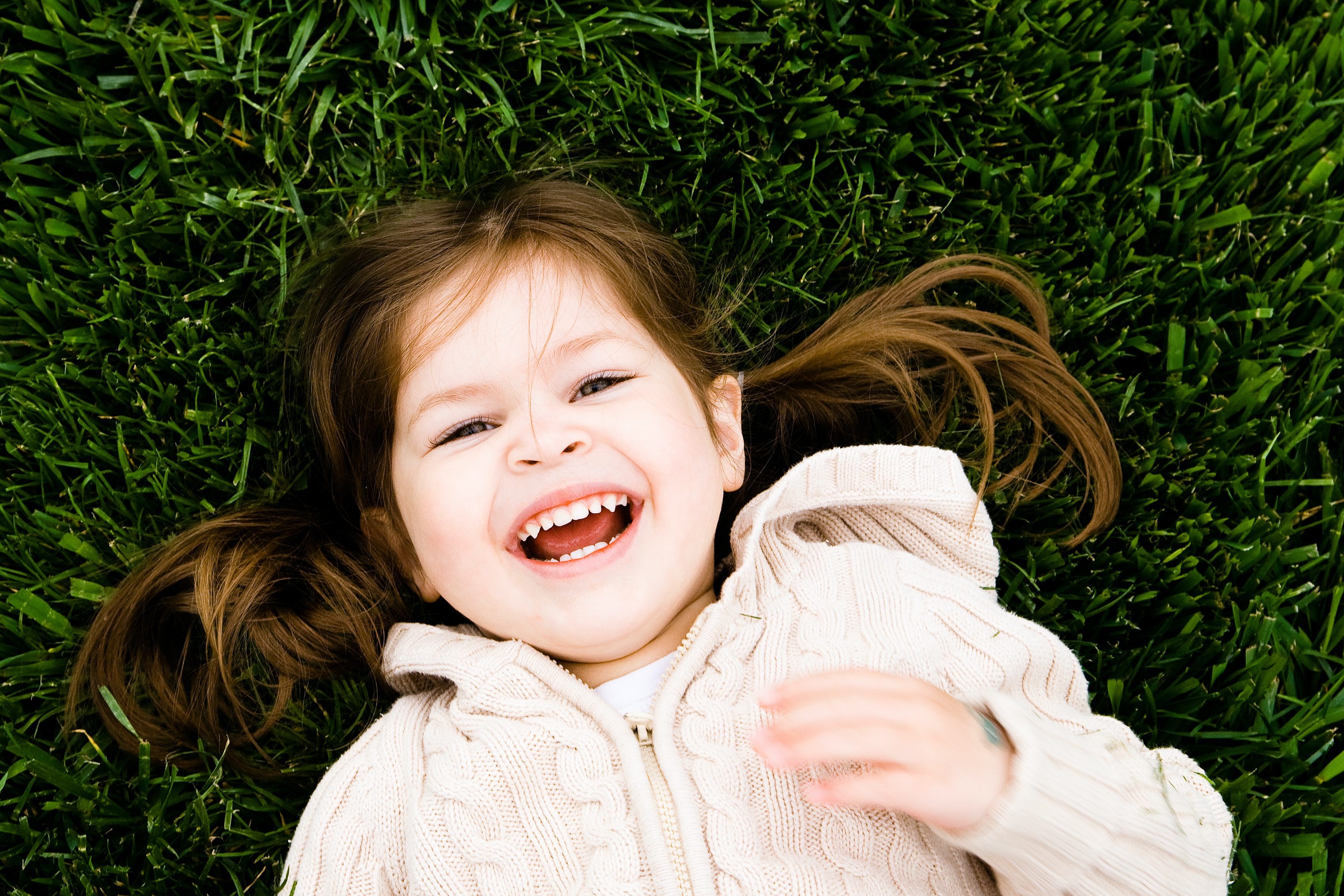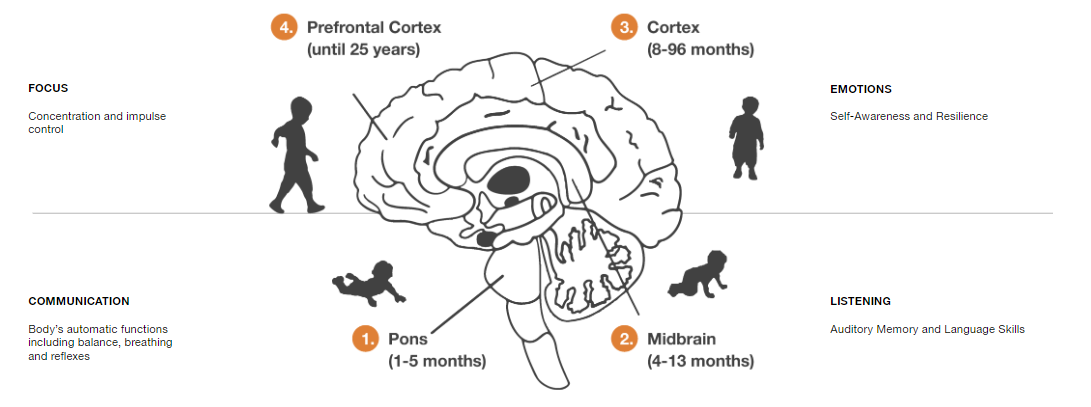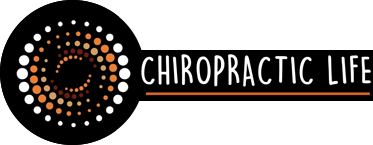Introduction

While children’s bodies are resilient and can recover swiftly from minor stressors, children face a unique set of stressors that can negatively impact their health and development. There is significant research showing that birth trauma and intervention can lead to poorer health outcomes for children (Black et al. 2015)
Additionally, bumps and falls when learning to crawl and walk, sports injuries, school backpacks, poor posture from technology use, medications, poor diet, and school & social stressors can all lead to declining health and less than optimal development.
Why do parents seek paediatric chiropractic care:
– Optimal Growth and Development
– Traumatic Birth Syndrome
– Plagiocephaly
– Improved Sleep
– Poor Posture
– Athletic Performance
– Scoliosis
– Persistent neck or back pain
– Headaches
Our chiropractors are trained in assessing these concerns and working with parents and kids to achieve the best possible solution.
When does your child need an adjustment?
Children experience numerous falls and tumbles throughout their childhood. The birthing process alone can cause structural shifts in the spine, particularly in the delicate upper neck area (Curran et al., 2015).
Even without significant trauma, missing milestones such as crawling could impact brain development (Harvard University) and early postural changes in children such as Scoliosis or missing out on crucial neck and lower back curvature can potentially lead to adulthood issues (Moustaffa et al., 2020)
Is Chiropractic safe for Children?
Overwhelmingly YES!
Parents are naturally concerned about any healthcare intervention for their children, so it’s important to be well informed. We take these concerns seriously and understand the sheer weight of evidence – clinically and practically – that supports the excellent safety record of Chiropractic care for kids. It’s also both a natural and drug-free alternative, which can be preferable for many parents when assessing the available healthcare options for their children.
Basically, Paediatric Chiropractic Care is very safe
Research over many years internationally has shown the risk of chiropractic adjustments to be extremely low and safer than most other interventions. With gentle, low-force techniques, kids and parents feel very comfortable with adjustments.
Chiropractic adjustments for kids differ significantly from adults, often requiring only light fingertip pressure, cranial therapy, or sometimes an instrument called an ‘activator’. Infant adjustments are very gentle, and babies will typically be soothed by an adjustment.
In 2019, an independent advisory group for Safer Care Victoria (SCV) reviewed chiropractic spinal manipulation in children under 12. The report yielded compelling results:
– 99.7% of surveyed parents reported positive experiences with chiropractic care for their children
– 98% of parents observed improvements in their child’s condition after treatment
– None of the 21,824 responses indicated any adverse effects following chiropractic care.
The importance of movement in children

Movement is an important foundational element of brain development and achieving developmental milestones. During early childhood, movements have been found to significantly impact your child’s long-term memory, perception, and development. (Wang et al., 2014)
Motor milestone development is important to develop higher learning centres. When a child skips a milestone, such as crawling or rolling, it could affect their balance or other higher learning areas, such as memory, behaviour or social skills (Pregnancy to Parenting Australia).
“The Development of a child’s brain architecture provides the foundation for future learning, behaviour and health.”
(Harvard University).
Scoliosis in Adolescent Children
80% of idiopathic scoliosis is the adolescent variety (Adolescent Idiopathic Scoliosis). It affects children or adolescents from the age of 10 into young adulthood and is more prevalent in girls than boys. Typically, it is noticed around 11 to 12 years of age in girls and a little later in boys (Weinstein, 2008).
Studies also show a prevalence of adolescent scoliosis in dancers. 30% of dancers studied had tested positive for scoliosis compared with 3% of non-dancers. Odds ratio calculations indicate that dancers were 12.4 times more likely to have scoliosis than non-dancers of the same age (Longworth et al.. 2014).
Conclusion
Understanding the habit loop and employing habit stacking can transform your goal to build better habits. By consciously intervening at various stages of the habit loop and integrating new behaviours into existing routines, you can hack your habits for lasting positive change. Remember, small, consistent efforts over time lead to significant transformations in your life.
Chiropractic Life’s Commitment
Paediatric Chiropractic care is very safe and is increasingly favoured as a healthcare option for children due to its natural and non-invasive nature.
Parents can be confident that their children will be professionally cared for by our chiropractors. Our chiropractic adjustments are designed to help their growing bodies in many ways, such as promoting stronger growth, enhanced bodily function, better sleep, reduced headaches, and relief from back and neck discomfort.
To make an appointment for your child with one of our registered chiropractors, please go to www.chiropracticlife.com.au/locations to find a convenient location near you.
References:
Black M, Bhattacharya S, Philip S, Norman JE, McLernon DJ. Planned Cesarean Delivery at Term and Adverse Outcomes in Childhood Health. JAMA. 2015;314(21):2271–2279. doi:10.1001/jama.2015.16176
Center on the Developing Child, Harvard University: https://developingchild.harvard.edu/science/key-concepts/brain-architecture/
Curran EA, Dalman C, Kearney PM, Kenny LC, Cryan JF, Dinan TG, Khashan AS. Association Between Obstetric Mode of Delivery and Autism Spectrum Disorder: A Population-Based Sibling Design Study. JAMA Psychiatry. 2015 Sep;72(9):935-42. doi: 10.1001/jamapsychiatry.2015.0846. PMID: 26107922.
Longworth B, Fary R, Hopper D. Prevalence and predictors of adolescent idiopathic scoliosis in adolescent ballet dancers. Arch Phys Med Rehabil. 2014 Sep;95(9):1725-30. doi: 10.1016/j.apmr.2014.02.027. Epub 2014 Mar 21. PMID: 24662812.
Michel E. Motor coordination and executive functions. Dev Med Child Neurol. 2012 Nov;54(11):971. doi: 10.1111/j.1469-8749.2012.04416.x. Epub 2012 Aug 30. PMID: 22934606.
Moustafa IM, Youssef A, Ahbouch A, Tamim M, Harrison DE. ‘Is forward head posture relevant to autonomic nervous system function and cervical sensorimotor control? Cross-sectional study. Gait Posture.’ 2020 Mar;77:29-35. doi 10.1016/j.gaitpost.2020.01.004. Epub 2020 Jan 7. PMID: 31955048.
Pregnancy to Parenting Australia, ‘How Movement Develops’, https://www.pregnancyparenting.org.au/parenting/how-movement-develops
Safer Care Victoria. “Chiropractic spinal manipulation of children under 12.” Safer Care Victoria, www.safercarevic.gov.au, October 2019, https://www.safercare.vic.gov.au/sites/default/files/2019-10/20191024-Final%20Chiropractic%20Spinal%20Manipulation.pdf. Accessed 5 February 2024.
Wang SS, Kloth AD, Badura A. The cerebellum, sensitive periods, and autism. Neuron. 2014 Aug 6;83(3):518-32. doi: 10.1016/j.neuron.2014.07.016. PMID: 25102558; PMCID: PMC4135479.
Weinstein S, Dolan, LA., Cheng, JC., Danielsson, A., Morcuende, JA. (2008) ‘Adolescent idiopathic scoliosis’. Lancet 371:1527-1537

Recent Comments